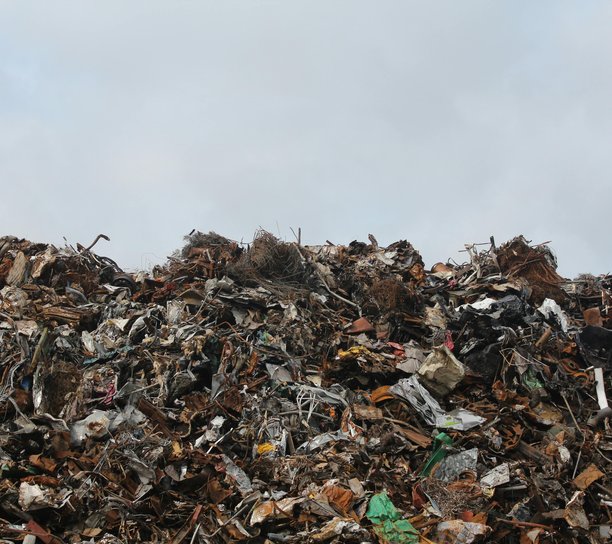An investigative report has revealed disturbing findings regarding seventeen unknown landfills scattered across England. These sites are responsible for generating a highly hazardous liquid containing banned and potentially carcinogenic chemicals known as "forever chemicals".
[ ref: https://amp.theguardian.com/environment/2024/feb/01/seventeen-landfills-in-england-make-toxic-liquid-hazardous-to-drinking-water https://www.webmd.com/a-to-z-guides/what-is-pfas]
Shockingly, some samples taken from these landfills indicate levels of these substances up to 260 times higher than what is considered safe for drinking water. [ ref: https://amp.theguardian.com/environment/2024/feb/01/seventeen-landfills-in-england-make-toxic-liquid-hazardous-to-drinking-water ]
Despite this alarming discovery, the government maintains that there was a lack of knowledge regarding the specific locations of these landfills as well as the magnitude of the hazardous chemicals being released.
These findings come one year after the Environment Agency and Department for Environment, Food and Rural Affairs (DEFRA), began taking samples in early 2021 from operational and decommissioned landfills over a span of ten months.
The aim of the investigation was to identify the presence of chemical substances, particularly polyfluoroalkyl substances (PFAS), and gauge the quantity being released into the environment via these landfills.
PFAS are composed of around 10,000 synthetic chemicals present in industrial activities and consumer products. In recent years, the presence of PFAS has gained media traction due to the potential health risks and the increasing quantity of these chemicals being found in natural bodies of water.
Among the landfills in question, one was recorded with an astonishing 105,910 nanograms per liter (ng/l) of PFAS, with one specific type, perfluorooctanoic acid (PFOA), reaching levels 260 times higher than the recommended safe amount for drinking water in England.
PFOA, in particular, has been linked to various adverse health effects, including cancer and thyroid disease. The Environment Agency defines landfill leachate (liquid discharge) as a potential pollutant, and requires careful yet rigorous industrial management in order to protect and reduce harmful chemicals contaminating water bodies and drinking water sources. [ref: https://dceg.cancer.gov/research/what-we-study/pfas ]
These results, severe as they are, also raise concerns around previous analyses of these specific landfills and the potential impact they have on the environment. The Environment Agency and DEFRA believe attempts were made to homogenise the location data, implying contractors and landfills pooled data together to create a ‘nationwide’ percentage, rather than specifying the amount of leachate coming out of each individual landfill.
This finding has been criticised by the public and experts that claim without knowing the specific information relating to each landfill, appropriate action cannot be taken to reduce the quantity of pollutants impacting and potentially harming the environment and surrounding waters.
Actions such as these also raise further concern about the lack of accountability on behalf of these industries, and the weak or poorly maintained government regulations that should be closely watching the activity and operations of potential pollution hazards.
Just last September it was reported that the Environmental Agency encouraged its staff to delay inspection of poorly performing waste sites until January 2024 so they could stay on target. This comes at a time where British waters are increasingly contaminated by a multitude of pollutants and public outcry is growing for action to be taken. [ ref: https://www.theguardian.com/environment/2024/jan/18/environment-agency-told-staff-to-delay-inspections-to-stay-on-target-last-year ]
While the precise locations of the seventeen problematic landfills remain unknown, experts remain concerned that the lack of appropriate accountability and poor maintenance of these landfills will have potentially disastrous effects in the long-term, especially if they are in close proximity to drinking water sources.
This calls for urgent action on behalf of the government and industries to address this issue and take the desperately needed steps to mitigate the potential future hazards to human and environmental health.
